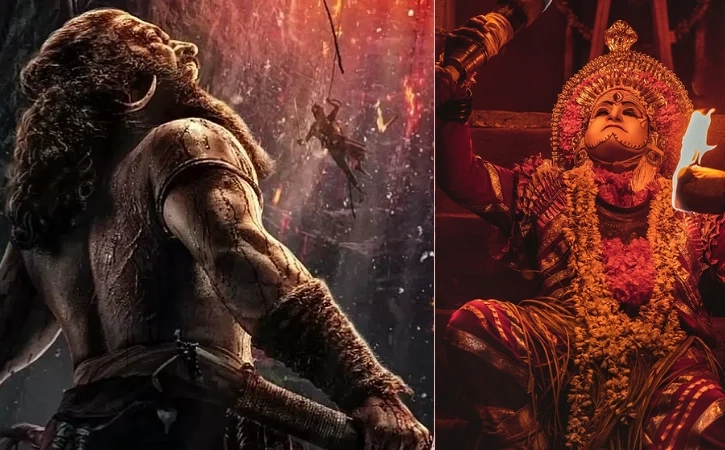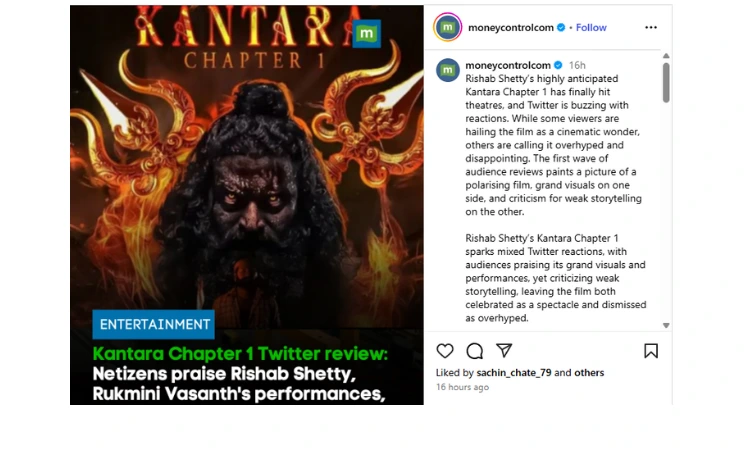The release of Kantara Chapter 1 has sparked one of the most interesting debates of recent times in Indian cinema. Critics and audiences are surprisingly split—why does a film with such technical brilliance and cultural depth evoke such contrasting opinions? This piece peels back the layers of reviews to reveal the key reasons behind the division.
Technical Brilliance, But Narrative Clutter?
Many reviewers praise the film’s visual and technical achievements. The seamless blending of war scenes, folklore elements, and stunning VFX stands out as a major draw. The soundtrack, too, elevates the emotional intensity, especially in the climax, which many consider breathtaking.
However, criticism stems largely from the screenplay’s pacing and execution. The plot is ambitious but sometimes cluttered, attempting to juggle complex themes that lead to underdeveloped characters and hurried storytelling. This leaves some viewers feeling disoriented and craving more cohesion.
The Challenge of Prequel Expectations
Prequels always face higher scrutiny, especially when they follow a beloved original. Some critics feel Kantara Chapter 1 suffers from “sequel-itis”—trying hard to connect dots left open in its predecessor but losing narrative clarity in the process. There is also debate over how well it balances cultural authenticity with cinematic spectacle.
Cultural Representation: Heroism vs Occultism
A unique tension arises in how the film portrays the native culture: the clash between divine sanctity and sinister occultism divides opinions. While some applaud the thematic depth exploring forced cultural exchange and ideological oppression, others feel the film falls into familiar spiritual tropes without offering new insights.
Kantara Chapter 1 vs Indian Epics: Can It Match Rajamouli’s Spectacle?
Part of the critical conversation also compares Kantara Chapter 1 to other Indian epic films, especially those by SS Rajamouli. The comparison raises the stakes—can Kantara truly compete in an industry dominated by grand Telugu spectacles? Read our full Kantara Chapter 1 movie review for an in-depth analysis.


